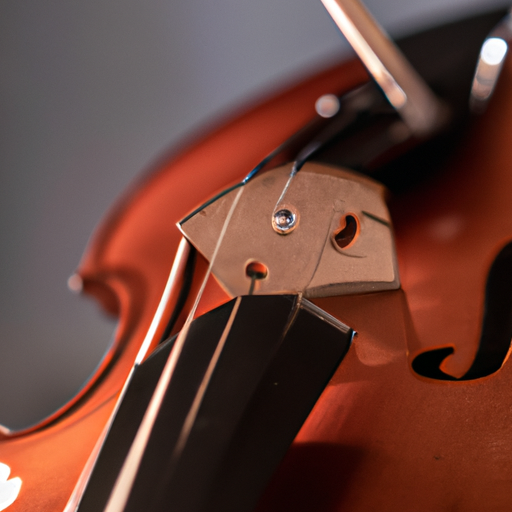
Learning to play the violin can be a challenging but rewarding experience. Whether you're a complete beginner or have some experience, this article will provide you with a fast track to mastering the violin.

Before you start playing, it's important to understand the basics of the instrument. The violin has four strings that are played with a bow. To produce sound, you place your fingers on the strings to create different notes. You'll also need to learn how to read music notation, which tells you which notes to play and when.

Choosing the right violin is important for your learning and playing experience. There are different types of violins available, ranging from beginner to professional level. It's important to choose a violin that fits your budget and playing goals. A good quality instrument will produce better sound and be easier to play.
Learning to hold the violin and bow correctly is crucial for producing good sound and preventing injury. The violin is held with the left hand and supported by the chin and shoulder. The bow is held with the right hand and should be positioned at an angle across the strings. It takes practice to get the right technique, but with time, it will become second nature.
Reading music notation is the language of music. It's important to learn how to read sheet music and understand the different symbols. Once you have a basic understanding of music notation, you can start playing simple melodies. This will help you build confidence and get a feel for the instrument.
Intonation is the ability to play in tune and is essential for producing good sound. Tuning your violin correctly is also important. There are different methods for tuning the violin, but an electronic tuner is recommended for beginners. As you progress, you can learn to tune by ear.
Developing good practice habits is important for making progress on the violin. You should aim to practice regularly, ideally every day. Start with short practice sessions and gradually increase the time. Focus on areas you find challenging and break down difficult passages into smaller parts.
Building finger strength and dexterity is important for playing the violin. You can do exercises to improve your finger strength and flexibility. Start with simple exercises and gradually increase the difficulty. This will help you play more complex pieces with ease.
Vibrato is an advanced technique that adds expression to your playing. It takes time to master, but with practice, you can develop a beautiful vibrato. There are also other advanced techniques to learn, such as double stops and harmonics. These techniques will help you take your playing to the next level.
Mastering the violin takes time and dedication, but with the right approach, even newbies can become proficient players. Follow these tips and practice regularly, and you'll be well on your way to mastering the violin.
Fast Track to Mastering the Violin for Newbies